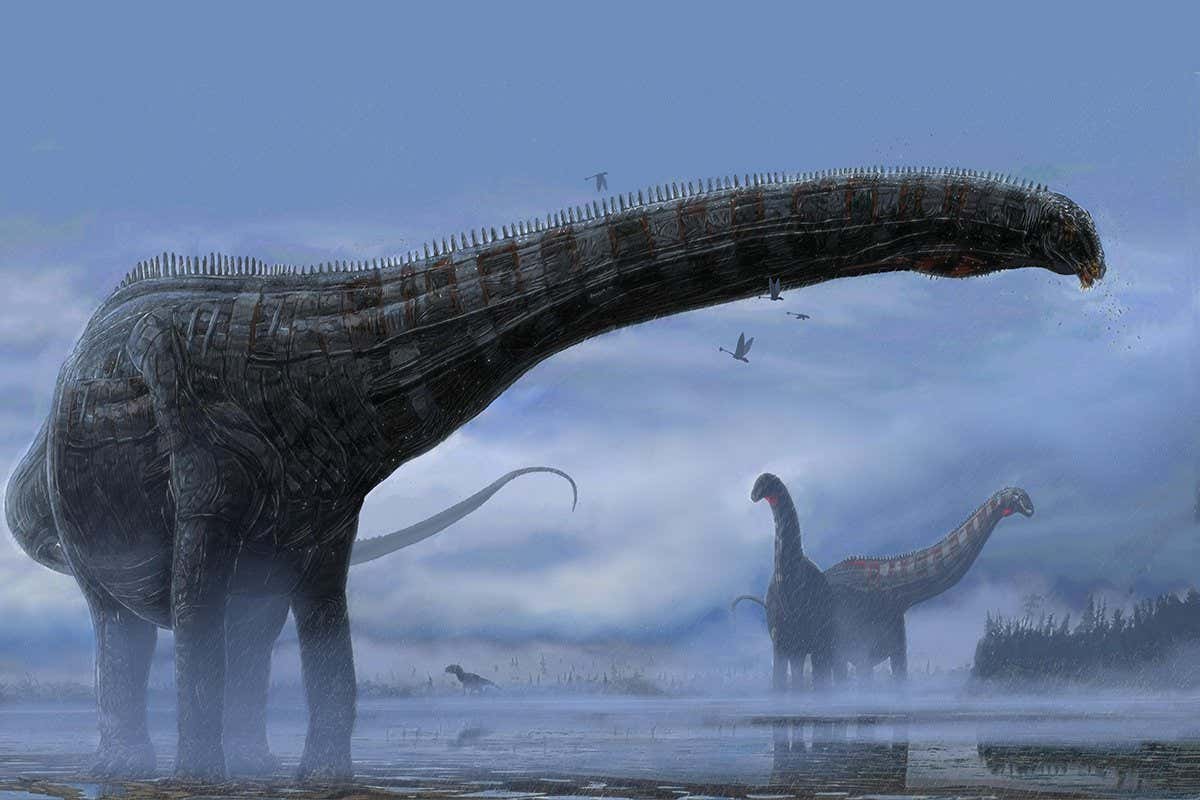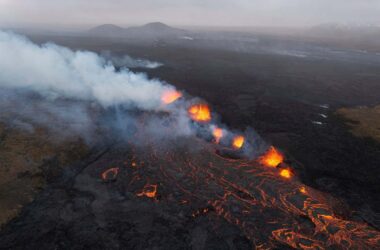A recent discovery in the fossil record has provided the first evidence of dinosaurs contracting respiratory infections. Palaeontologists have found traces of a serious coughing infection in the bones of a dinosaur. The illness would have caused symptoms such as coughing, sneezing, fever, and potentially led to premature death. This finding sheds new light on the health issues that dinosaurs faced during their existence.
The specimen, known as MOR 7029 or Dolly, is a young diplodocid dinosaur dating back to the late Jurassic period about 150 million years ago. Dolly was discovered in Montana in 1990 and continues to provide valuable information to researchers.
Cary Woodruff and his colleagues at the Great Plains Dinosaur Museum in Malta, Montana, found unusual protrusions in three of Dolly’s neck bones. These protrusions were located in an area that would have been connected to air sacs, which are believed to be part of the dinosaur’s respiratory system, similar to those found in modern birds. CT scans of the fossils revealed that the protrusions likely formed in response to an infection in these sacs.
The team compared these bony growths with similar ones found in modern birds and inferred that Dolly may have had a fungal infection similar to aspergillosis, a common respiratory illness that can be fatal, even in humans without treatment. Woodruff suggests that this infection may have ultimately led to Dolly’s death, although it is uncertain whether it weakened the dinosaur enough to be targeted by predators or if it directly caused its demise.
Dolly, who died around the age of 15, had a significantly shorter lifespan compared to other dinosaurs of its kind, which typically lived twice as long. It is likely that Dolly experienced symptoms similar to those of humans with cold, flu, or pneumonia, such as sneezing, coughing, runny nose, and fever.
Woodruff finds it fascinating that holding these infected bones from Dolly allows us to connect with the dinosaur’s experience of illness 150 million years ago. This discovery highlights the shared vulnerability of living creatures to respiratory infections across vast spans of time.
Topics:








